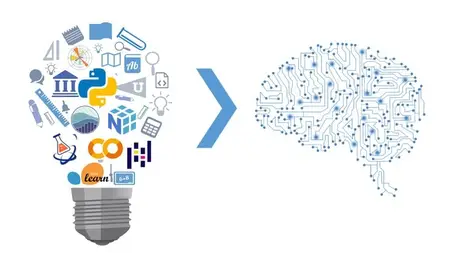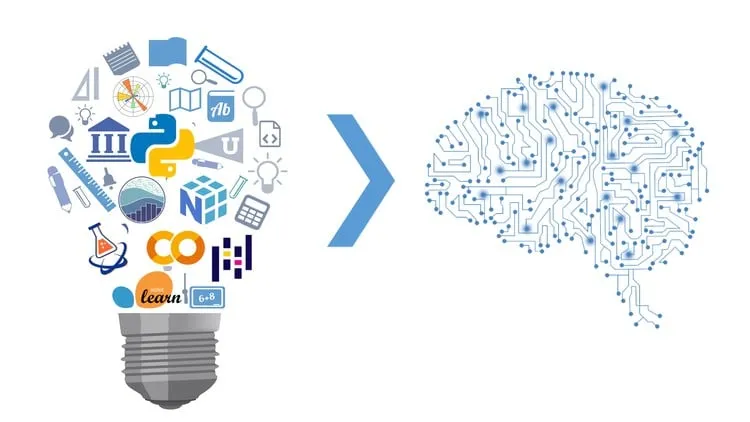Machine Learning Basics: Python, Numpy & Scikit-Learn
Published 6/2025
Duration: 6h 45m | .MP4 1280x720 30 fps(r) | AAC, 44100 Hz, 2ch | 466.53 MB
Genre: eLearning | Language: English
Published 6/2025
Duration: 6h 45m | .MP4 1280x720 30 fps(r) | AAC, 44100 Hz, 2ch | 466.53 MB
Genre: eLearning | Language: English
Learn core ML algorithms from scratch—linear regression, neural networks, and more—using real data and practical coding.
What you'll learn
- Understand core ML concepts: neural networks, loss functions, gradient descent, epochs, and learning rates
- Build and train linear and logistic regression models from scratch in Python
- Use Numpy, Pandas, Matplotlib, and Scikit-learn to work with real datasets
- Implement neural networks step-by-step, including forward and backpropagation
- Classify handwritten digits using the MNIST dataset and Keras
- Prevent overfitting with regularization techniques like early stopping and dropout
- Work with molecular data using RDKit and visualize chemical structures
- Apply graph convolution techniques to molecular structures using MolGraph
- Learn DeepChem to train models on molecular datasets
Requirements
- No prior experience in machine learning or data science is required
- Familiarity with using Google Colab or Jupyter Notebooks is helpful (not mandatory)
- Basic understanding of Python programming (variables, loops, functions)
- A working laptop or desktop with internet access
- Curiosity and willingness to learn by coding and experimenting
Description
Are you eager to break into the world of machine learning but overwhelmed by where to begin? This course offers a clear, hands-on, and structured path into the field, guiding you from foundational concepts to practical model building—without requiring any prior experience in machine learning.
In this course, you’ll not onlyunderstand how machine learning works, but alsobuild your own models from scratch, code by code, using powerful tools like Python, Numpy, Pandas, Matplotlib, Scikit-learn, and Keras. You’ll go beyond the "plug-and-play" use of libraries to really graspwhat’s happening under the hood—giving you confidence, depth, and true skill.
Tools & Frameworks You’ll Learn and Use
Python, Numpy, Pandas, Matplotlib, Seaborn
Scikit-learn and Keras
Google Colab (no setup required!)
RDKit for molecular analysis
DeepChem and MolGraph for advanced applications
What Makes This Course Different?
This is not a passive, lecture-only course. It’s ahands-on, problem-focused journeywhere you’ll:
Write algorithms manually before using libraries—so you understand the logic
Work withreal datasets, including molecular chemistry and image recognition
Build regression and classification models using Python and Google Colab
Train and evaluateneural networks from scratch and using Keras
Apply advanced topics likeregularization, batching, overfitting prevention, andgraph convolution
Explore tools used in cutting-edge applications likedrug discovery (RDKit and DeepChem)
You’ll learnnot just how to use machine learning tools, but also how and why they work—empowering you to build your own solutions, not just replicate tutorials.
If you're serious about learning machine learning the right way—from intuition to implementation—this course will give you a solid foundation and practical skillset that you can apply immediately.
Join now, and start building real machine learning models with Python today.
Who this course is for:
- Beginners in machine learning, AI, data science, or Python
- Students or researchers in science
- Professionals looking to apply ML to real-world data problems, especially in the life sciences
More Info



